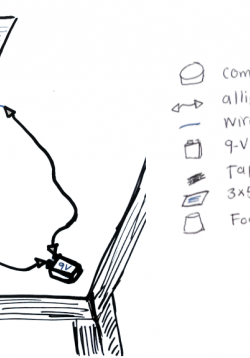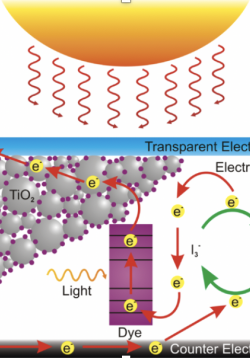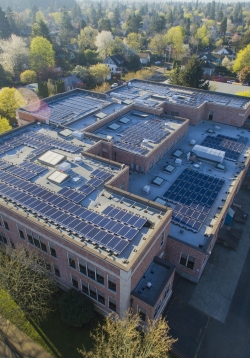Introduction to Electromagnetism
Through a series of goal-oriented activities and research, students will build physical models that demonstrate the interactions between magnetism and magnetic fields as well as interactions between magnetism and electric fields. Students will be...




